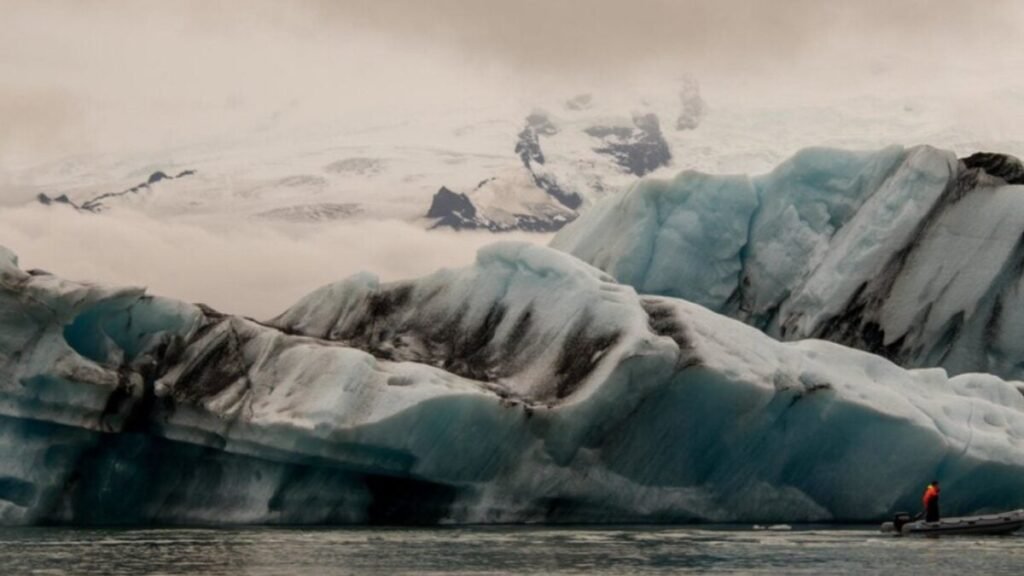Farewell to Perennial Ice: Sierra Nevada Faces Total Glacier Loss by End of Century

Mountain glaciers act as important indicators of climate change, with their retreat highlighting the impact of global warming on water sources, biodiversity, and ecosystems. A group of international researchers has raised concerns about the potential loss of glaciers in California’s Sierra Nevada region, a phenomenon that has not been seen in over 11,700 years.
**The Past Glacial Record**
The study focused on three well-known glaciers in Yosemite: Conness, Maclure, and East Lyell. Analysis of cosmogenic isotopes in exposed rocks indicated that these glaciers have existed throughout the entire Holocene period, even during warmer intervals. Researcher Andrew G. Jones emphasized that the disappearance of these glaciers would mark a significant change in the landscape of Yosemite.
**An Unprecedented Present**
Contrary to previous beliefs that glaciers may have vanished temporarily during warm periods, the data collected over 11,700 years shows consistent ice cover. Due to human-induced climate change, projections suggest that the Sierra Nevada could lose all its glaciers by the year 2100. The findings challenge the idea of complete glacier disappearance and emphasize the impact of climate change on glacier equilibrium.
**Implications for California’s Future**
The disappearance of Sierra Nevada glaciers not only signifies a global trend of ice loss but also poses threats to water availability, ecosystem stability, and climate conditions in western United States. The authors stress the need for improved dating methods and glacier modeling techniques to reconstruct past ice conditions and assess current risks accurately.






